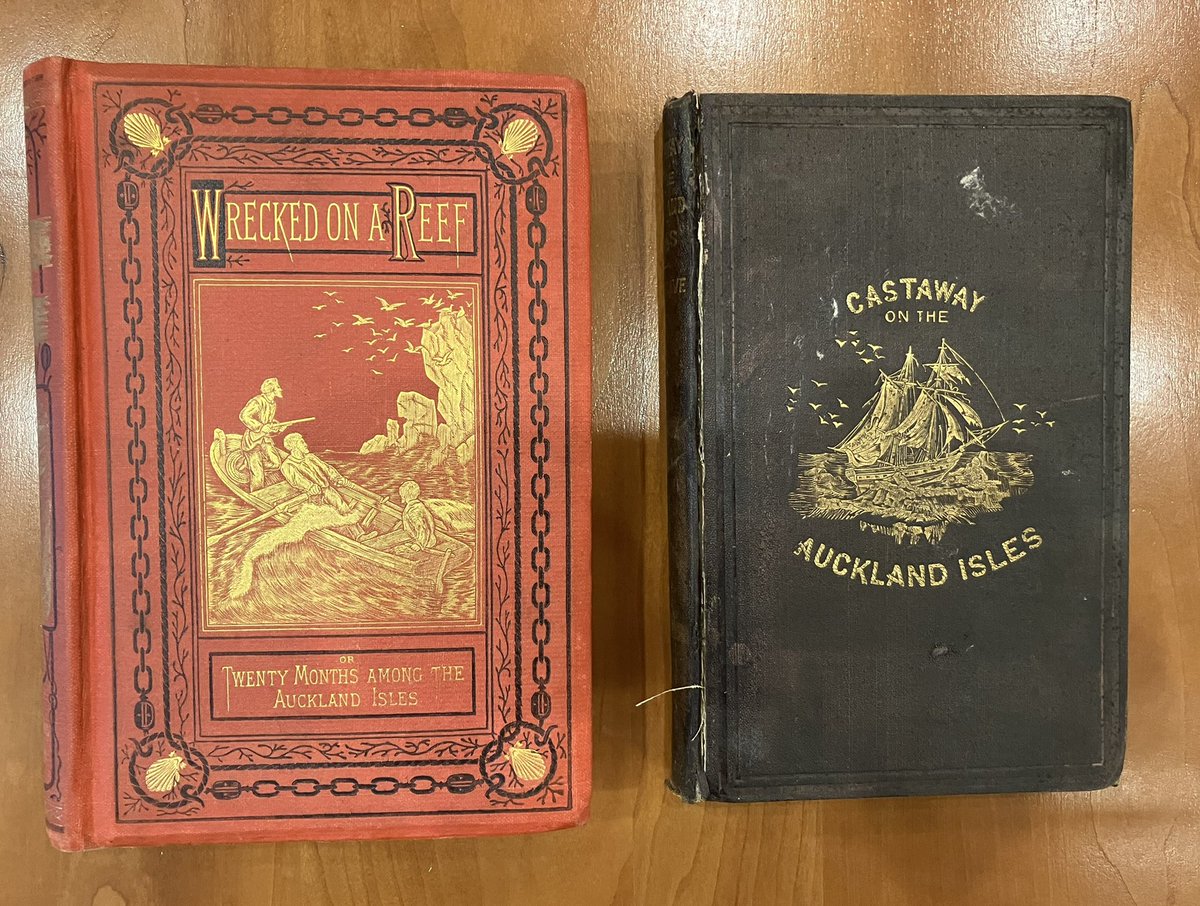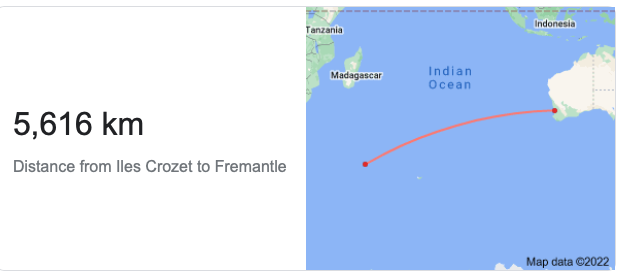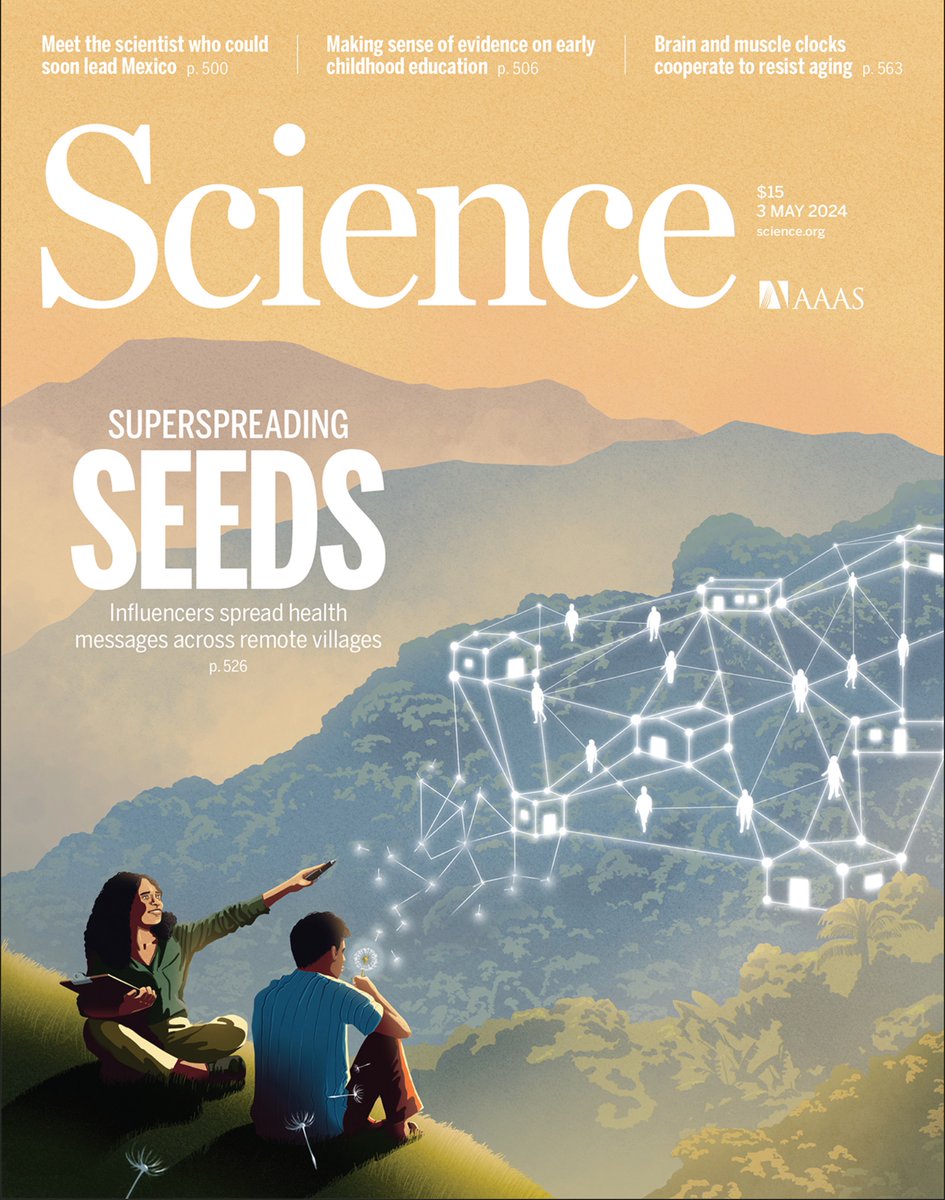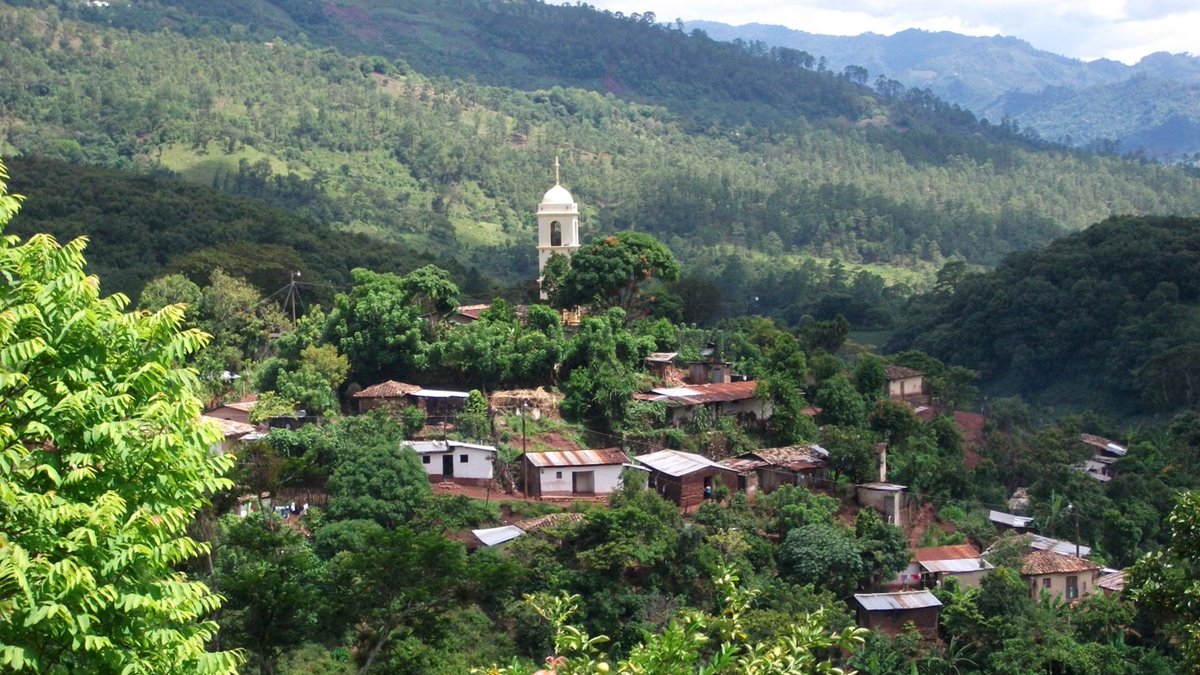A systematic study of a complete sample of 20 shipwrecks (that involved >19 people stranded for >2 months) out of >9,000 wrecks between 1500AD and 1900AD reveals crucial factors in social order relevant to survival. amazon.com/Blueprint-Evol… #BLUEPRINTbook 



Crucial factors in surviving shipwrecks in the period 1500-1900AD?
No alcohol in the salvage.
Ability to make a bellows.
But, most important:
Ability to cooperate.
Ability to teach each other things.
And mild hierarchy.
#BLUEPRINTbook
No alcohol in the salvage.
Ability to make a bellows.
But, most important:
Ability to cooperate.
Ability to teach each other things.
And mild hierarchy.
#BLUEPRINTbook
In 1864, two ships wrecked on opposite ends of Auckland Island, near Antarctica -- in a riveting natural experiment. The Grafton crew survived, even thrived, and the Invercauld crew fell upon itself (nearly all died). Learn why in #BLUEPRINTbook
https://twitter.com/NAChristakis/status/1133045363387064320?s=20&t=TS_BXemBHQlA2SneP0djsQ
The captain of the Grafton (Thomas Musgrave) and the first mate (Francois Raynal), both of whom were extraordinary, wrote first-person accounts of this astonishing 1864 survival story in very challenging circumstances, explicated in #BLUEPRINTbook. 

Crucial factors in surviving shipwrecks in the period 1500-1900AD?
No alcohol in the salvage.
Ability to make a bellows.
But, most important:
Ability to cooperate.
Ability to teach each other things.
And mild hierarchy.
#BLUEPRINTbook [unifying threading here]
No alcohol in the salvage.
Ability to make a bellows.
But, most important:
Ability to cooperate.
Ability to teach each other things.
And mild hierarchy.
#BLUEPRINTbook [unifying threading here]
Of course, with respect to "survivorship bias' (literally in this case!), we only have detailed records from wrecks where someone survived to write story, though we have other cases where records were found or excavations of survivor camp shed light on social order. @R_Thaler
My favorite example of communication from a wrecked crew where all of the died was the wreck of the Tamaris in 1887.
On September 19, 1887, an albatross dropped dead on a beach in Fremantle in western Australia. When examined, the bird was found to have a tin band around its neck, with a message in French punched on it. It was from a group of shipwrecked sailors. The message read:
"Thirteen shipwrecked have taken refuge on the Crozet Islands, 4th August, 1887."
The albatross had flown 5,616 kilometers over the Indian Ocean and delivered its message from the shipwrecked crew of the Tamaris before dying. 

The albatross was likely one of several sent away with messages of the shipwreck Tamaris (wrecksite.eu/wreck.aspx?160…), which appears to have wrecked on March 9, 1887, months before the crew sent SOS messages via albatross. Many wrecks have taken place off the Crozet islands.
The Australian authorities then sent a telegram to the French authorities, who dispatched the warship La Meurthe from Madagascar, north of the Crozet islands, to attempt a rescue.
The ship La Meurthe arrived on December 2, 1887, but all no survivors of the Tamaris, who had sent their SOS via a tin ring on an albatross, were found. They had all perished. Hence, this group did not make it into the collection of stories in #BLUEPRINTbook #SurvivorshipBias
• • •
Missing some Tweet in this thread? You can try to
force a refresh













